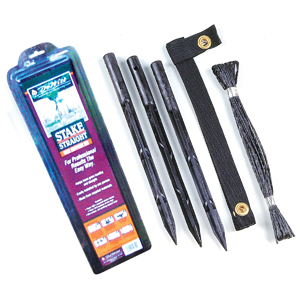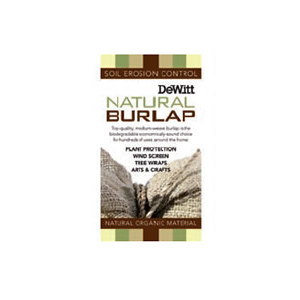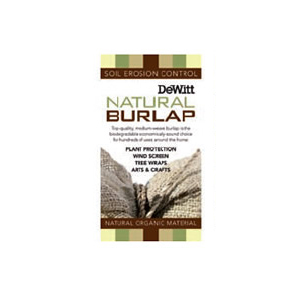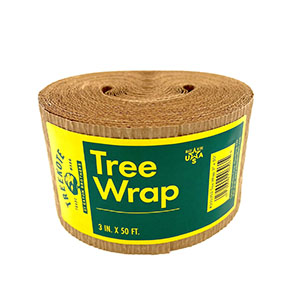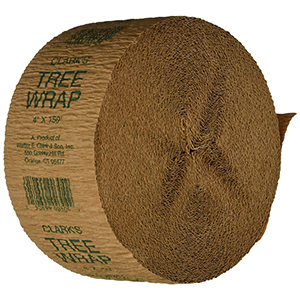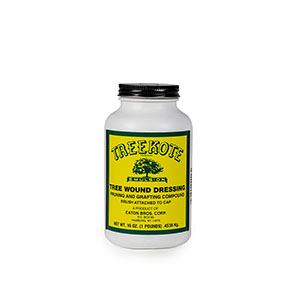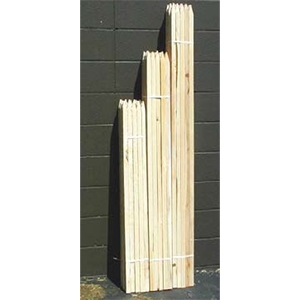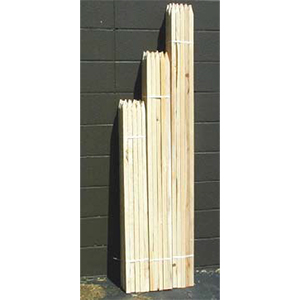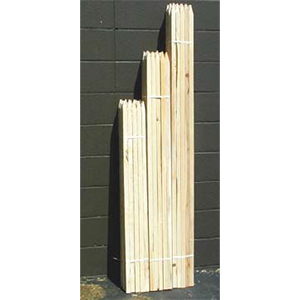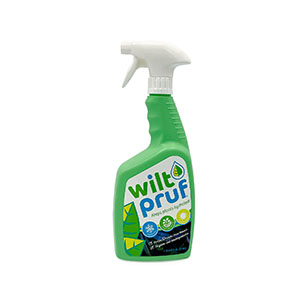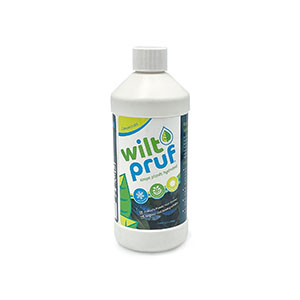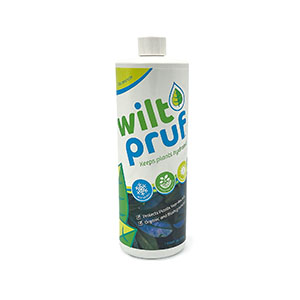Timber can be a blessing or a curse, depending on the
circumstances. With the last of the leaves falling to the ground, a small window
of opportunity exists for tree pruning -- but we often don’t think about it
until it’s too late.
Many homeowners heavily prune their trees at improper times
during the growing season. If you read through the Old Farmer’s Almanac, you’ll
find suitable dates for suggested tree pruning. No kidding!
Late fall and early winter are ideal times to trim away
branches and limbs that might be weak or diseased before they break from the
season’s wind, ice and snow load. With leaves out of the way, damaged or
diseased branches become more clearly visible. Since trees aren’t actively
growing at this time, it’s safe to prune without causing harm.
Make sure your shelves are stocked with a couple of products
to protect fresh tree cuts. Pruning paint or pruning sealer spray, applied to
fresh cuts, can help protect a tree against disease issues. Some gardeners
prefer to wrap damaged trunk bark as another measure to prevent future sun scald
or insect damage. In areas with abundant rabbits and deer, protecting the bark
of young trees is as easy as installing a plastic tree trunk protector.
This is also a good time to check stakes and guidewires to
ensure that newly planted trees are protected from harsh winter winds that may
topple your evergreen or deciduous tree. Advise your customers to take time to
inspect the wire or rope around their tree trunks. If it’s not secure or tight
enough, it may girdle or cut into the bark causing severe damage when spring
returns. Cut up pieces of garden hose, usually 6-10 inches in length, make
great and inexpensive sleeves around the wire or rope to help protect against
rubbing.
Specific tree species may have additional needs to tend prior
to onset of winter. Tree roses, for example, are vulnerable to extreme winds and
temperature swings. Many rosarians recommend installing four wooden stakes as a
surround to attach a burlap wrap surrounding the plant after an application of
Wilt Pruf. The Wilt Pruf is an anti-dessicant that prevents the plant canes and
crown union from drying out.
Another tree rose winter protection method is called “heeling.”
If the tree rose is planted in the garden, you may choose to cut around the
ball of the roots about half way around. Once this is performed, you may tilt
and lay the entire tree rose stock on its side, and carefully secure it to the
ground. Cover the plant with mulch or straw and place a burlap cover over the
top of your entire plant. Use ground staples to keep the burlap in place from
winter winds.
Last but not least, urge your customers to keep an active
eye out for heavy snow or ice on their tree branches during the winter. Some
trees, like the densely branched Japanese maple, are very susceptible to
breaking under the weight of wet snow. This can be prevented by brushing away
snow from the branches soon after a new snowfall. Don’t delay this important
garden chore or you might hear your trees whisper in the winter night: snap,
crackle, pop… and timber!



